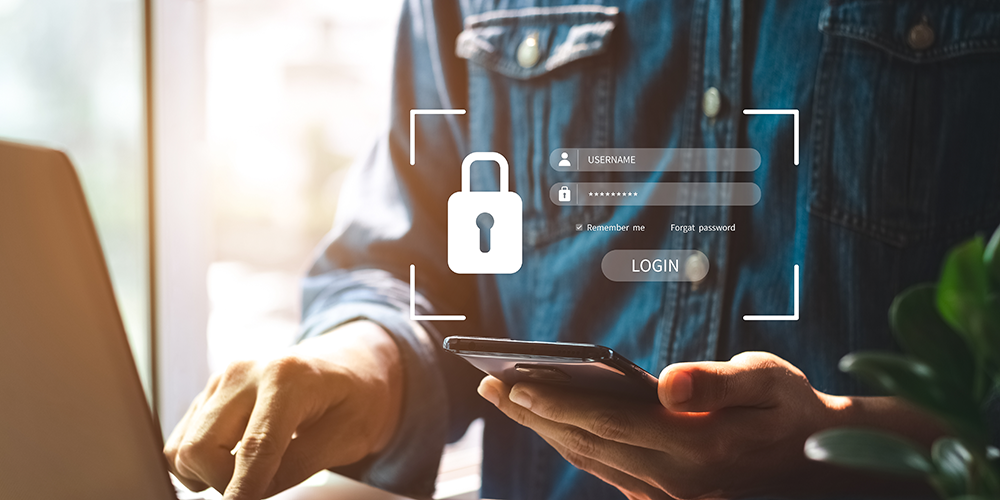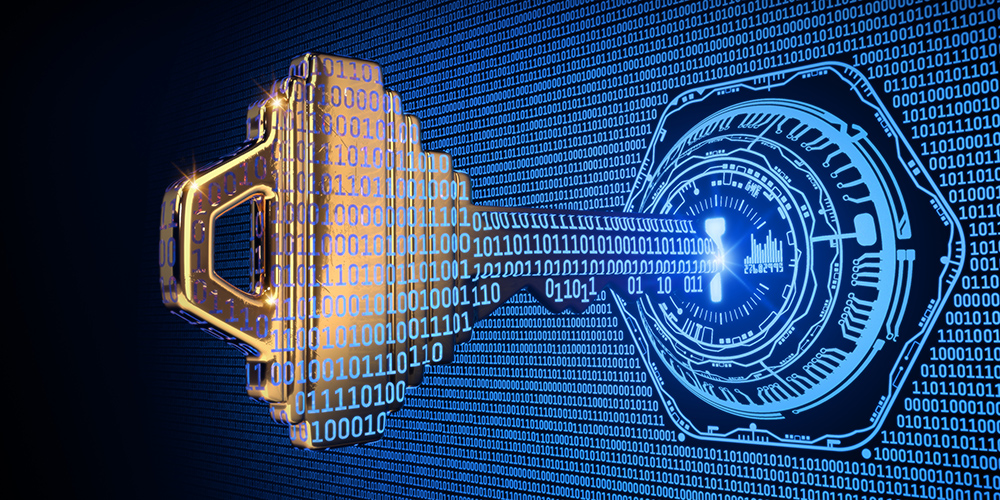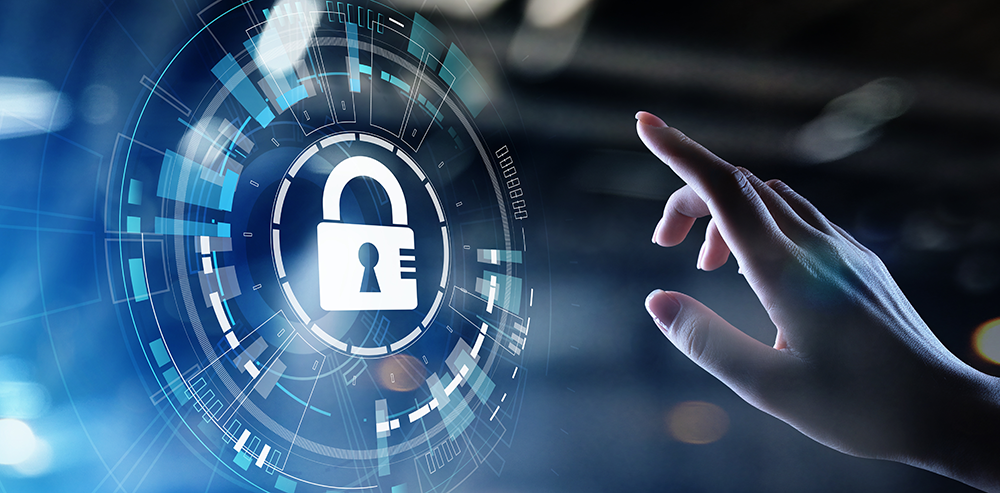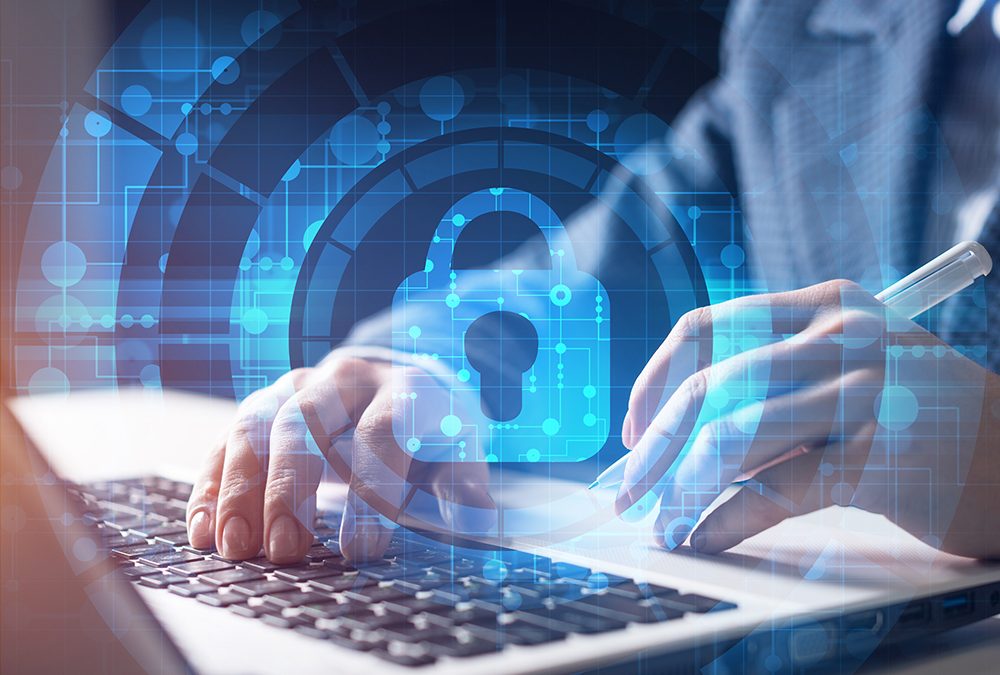
Mar 14, 2022 | SMB Technology, SMB Technology, SMB Technology, SMB Technology, Technology News
Even with recent news events inspiring fears of major cyber attacks, threats occur daily. And not all cyber attacks make news because they target a large company. Indeed, many small to medium-size businesses are also at risk, and need to defend themselves. Read on to learn what threats to look for, and how to protect your data, applications and people. Threats to Watch For According to a 2021 report from CompTIA, small to medium-size businesses (SMBs), are the targets of 43% of cyberattacks, yet 70% are unprepared. What can be done to change that balance? Threats range from attacks on the cloud to social engineering (such as phishing) attacks that can introduce malware, including ransomware, into a company’s system. These attacks can result in loss of money due to downtime along with fines for regulatory noncompliance; loss of data to ransomware and malware, due to theft and/or compromise; and loss of trust and reputation if clients and other parties can’t trust your business to keep their data safe. Yet what all these statistics and consequences can do is strengthen a company’s resolve to protect itself from cyberattack. Keeping Your Business Safe Many tools are available for protection from cyberattacks, and your workers are among the most important. A business still needs to maintain current anti-virus and anti-malware definitions along with the most current operating system patches to protect its network. When using the cloud, encryption of data both in-transit and at rest keeps it safe from loss or compromise. All these safeguards are essential, though they are just part of a plan. When employees are properly...

Jan 17, 2022 | SMB Technology, SMB Technology, SMB Technology, SMB Technology, Technology News
It’s said often that the matter of experiencing a cyberattack is “when,” not “if.” How can your company begin to prepare itself for something that can adversely affect it? According to CompTIA’s article, an Incident Response Plan (IRP), can help you think ahead and have a plan in place when an incident occurs. Read on to learn more about preparing and protecting your company from current and future threats. Incident Response Plans Defined An Incident Response Plan is what it sounds like, having a plan to respond to a cyber attack incident and mitigate the damage. An effective plan is a “combination of people, process and technology that is documented, tested and trained toward in the event of a security breach.” The purpose of it is to mitigate damage (data and money loss) and restore operations. The National Institute of Standards in Technology (NIST) sets forth a few models for your plan, whether it will be handled by a central Cyber Security Incident Response Team (CSIRT), distributed among multiple response teams for locations or departments, or one in which a central body relays response plans to affected teams. While plans contain four phases, the first one of preparation can help prevent a lot of damage. Steps in the Incident Response Plan Does everyone in your company know what to do first when a cyber attack hits? Do they know whether to power off their computers, and how soon they can resume work? What will managers do? Does your marketing team know who to communicate with, and when? These are just a few of the questions...

Jan 6, 2022 | SMB Technology, SMB Technology, SMB Technology, SMB Technology, Technology News
It is commonly said that employees are the “weak link” in your company’s cybersecurity plan. What if this was different, and they are actually a strong defense against cyberattacks? Read on to learn how to help your workers recognize and prevent a cyberattack, and to become security advocates for your company. Training Starts but Doesn’t End at Onboarding Training is common when onboarding new employees, but it should also be consistent and frequent. Employees should know how to recognize a phishing email, a common way that malware can enter your computer network. Bad actors send emails that appear to be legitimate, in order to obtain confidential information. Keys to a phishing email are an urgent and emotional call-to-action, unknown senders, and grammar and spelling errors. Not only do your workers need to recognize suspicious activity, but how to report and even escalate the matter. Workers also need to remember best practices for password management. All cybersecurity training needs to be frequent and consistent in order to reinforce the lessons and practices learned and make them automatic. Thus your employees can become “minimal risk,” possessing a sense of safe and unsafe behaviors and knowing what to do when something happens. With employees working remote, online cybersecurity options provide an economical and efficient way to train on this topic. Many online training platforms offer phishing simulation to ensure learning objectives are achieved. Best Practices in Password Management Let’s talk about passwords. Do your employees know what makes a good password? According to Google, a strong password can help safeguard your account, personal information and content like email...

Nov 4, 2021 | SMB Technology, SMB Technology, SMB Technology, SMB Technology, Technology News
With the amount of data being generated by businesses the world over, every single day, securing this data is vital. While Government, Industry and other regulations offer compliance to standards, information security reduces business risks related to cybercrime, ransomware and other interruptions resulting in data loss. Keeping your network safe and in compliance can help you avoid the consequences of data breaches. Read on to learn more about how to keep your network in compliance–and healthy, too. Maintaining Network Health Facilitates Compliance Your computer network is the backbone of your IT infrastructure, and needs to be maintained in order to stay healthy, and keep your business secure and compliant. Your network enables you to stay connected to customers, vendors and employees; keep your mission-critical applications running; and connect to public and private cloud infrastructure as well as back up data offsite. A healthy network is efficient, flexible and secure, routing data in the quickest way possible and rerouting easily. Security is another hallmark of a healthy network, one with no weak spots or holes allowing the intrusion of malware and viruses, where data is encrypted. Keeping the network strong is a good step toward compliance. Keeping Your Network Secure Keeping your network and its data and applications secure can be thought of as a two-prong effort. One involves technological tools and defenses. A company can protect its network with current operating systems patches to block malware or viruses from intruding, as well as maintaining current antivirus and anti-malware definitions. Going further, a company might consider network monitoring to keep small intrusions from becoming major problems....

Oct 12, 2021 | SMB Technology, SMB Technology, SMB Technology, SMB Technology, Technology News
Cybersecurity Awareness month is here, and is a great time to remember the importance of protecting our networks. Cybersecurity is a puzzle with many pieces; training your workers in awareness and best practices for cybersecurity is a key part of protecting your network, applications and data.. Read on to learn how to make your workers cybersmart in an age of increasing attacks. Awareness is the First Step Learning to be cybersmart involves common sense, being aware of threats and learning to protect against them. Ransomware, malware, phishing and more are part of the current threat landscape. Do your workers know how to identify a possible social engineering scheme, and how to report a phishing email? Are remote workers’ computers equipped with the latest anti-virus definitions, and the most current software versions? Do they know not to click on suspicious links? Passwords are another part of staying secure, passwords that are unique and easy to remember, and that are changed on a regular basis. Consistent training and reinforcement in these practices is the best way to make them part of your and your workers’ toolkit. Awareness and Tools Go Together Passwords, while still relevant, have been augmented with other tools for cybersecurity. Multi-factor authentication, which can involve more than one way of logging in, adds extra layers of security and ensures that only those authorized can access the system. Multi Factor authentication can be a one-time code delivered to email or via text, or it can be a biometric like a fingerprint. Multi-factor authentication has become more common over the years, and is a proven security...






